In the world of Bonsai, there’s something deeply satisfying about nurturing a tree into an artistic masterpiece.
But for many enthusiasts, this satisfaction is magnified when the tree in question is a bonsai Yamadori. These wild-collected specimens, shaped by nature and time, offer a unique canvas for your creativity.
However, finding, collecting, and caring for bonsai Yamadori trees come with their own challenges – where do you find these trees? How do you ensure you’re collecting bonsai ethically? And once you’ve brought your Yamadori Bonsai home, how do you care for it?
This blog post is designed to guide you through these questions and more.
Here’s a sneak peek at what we’ll be covering:
- Understanding Yamadori Bonsai: We’ll introduce you to the world of bonsai Yamadori, including its Japanese origins, its appeal within the Bonsai community, and its traditional importance.
- Why bonsai Yamadori tree Is Unique and Special: Discover what sets bonsai Yamadori tree apart from other Bonsai trees, from their one-of-a-kind appearance to the unique personality each tree possesses.
- Discovering Yamadori – Where to Find Them: This section will help you locate your own Yamadori, discussing suitable environments, common species, and the importance of ethical practices when you collect bonsai Yamadori trees.
- Collecting and Caring for bonsai Yamadori trees: We’ll guide you through the process of collecting bonsai, specifically Yamadori, and provide tips for initial and ongoing care, ensuring your Yamadori thrives.
Understanding Yamadori Bonsai: A Journey Through Nature’s Artistry
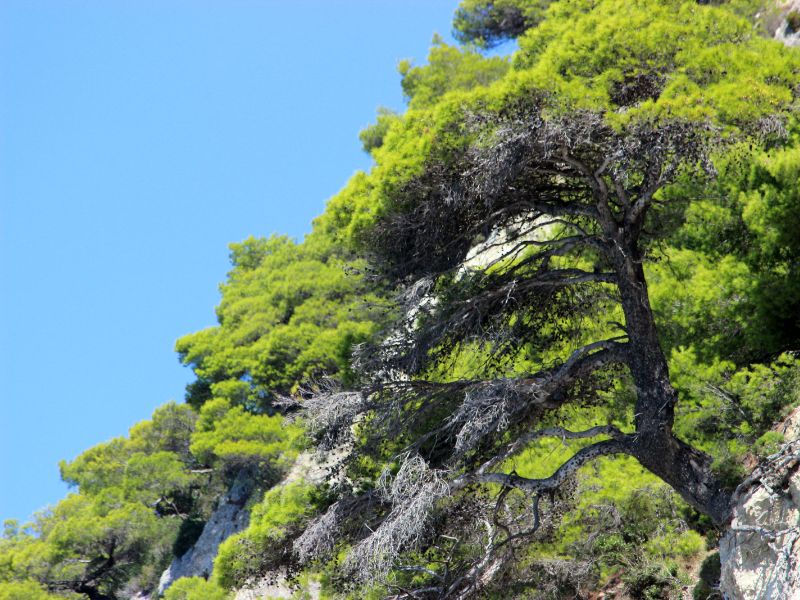
What’s in a Name?
Let’s start with the term ‘Yamadori’. Originating from Japan, ‘Yamadori’ means ‘collected from the mountain’.
This name is quite fitting, considering these are trees of different species, collected from their natural habitats, often high up in the mountains. These trees, once part of a nursery in nature, are lovingly shaped into magnificent Bonsai.
The Allure of Yamadori
Why does Yamadori hold such a revered spot in the Bonsai community? Well, bonsai Yamadori tree are like nature’s masterpieces.
They’re trees that have been shaped by elements over many years – the drought, the wind, even the snow. These forces of nature carve out unique, dramatic shapes in the branches that simply can’t be replicated.
A Journey Back in Time
Delving a bit into history, Yamadori has its roots firmly planted in the soil of Japan’s cultural heritage. For centuries, these naturally sculpted trees of various species have been admired and collected, becoming an integral part of traditional Japanese art and aesthetics. The practice of collecting and cultivating Yamadori is steeped in respect for nature and its extraordinary capacity to develop beauty.
Nature’s Living Sculptures
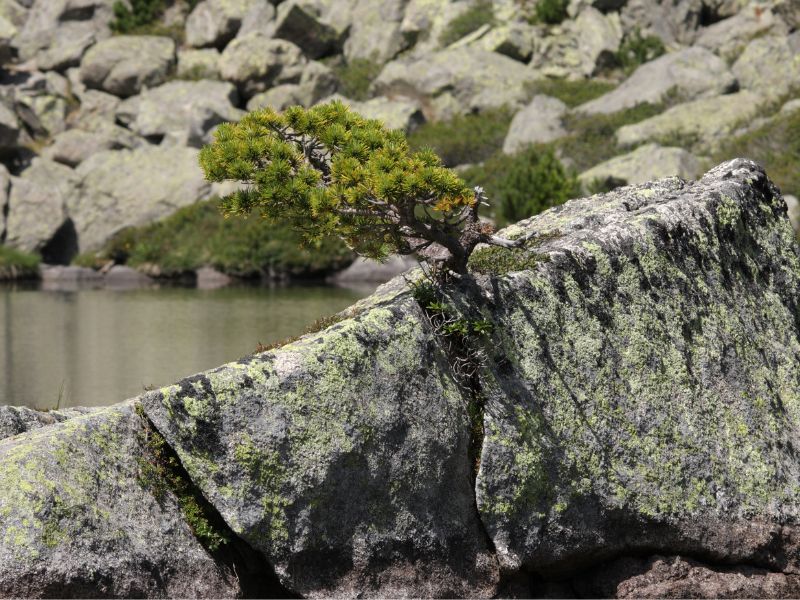
Understanding bonsai Yamadori is all about appreciating the allure of nature’s raw, unscripted beauty. These trees aren’t just plants; they are stories of resilience and survival, molded by the hands of time and nature into living sculptures.
Each one is a testament to the power of nature and the beautiful art it inspires. It is typically in early spring when new roots start to develop, marking the beginning of the collection period.
The Unique and Special Charm of Bonsai Yamadori Trees
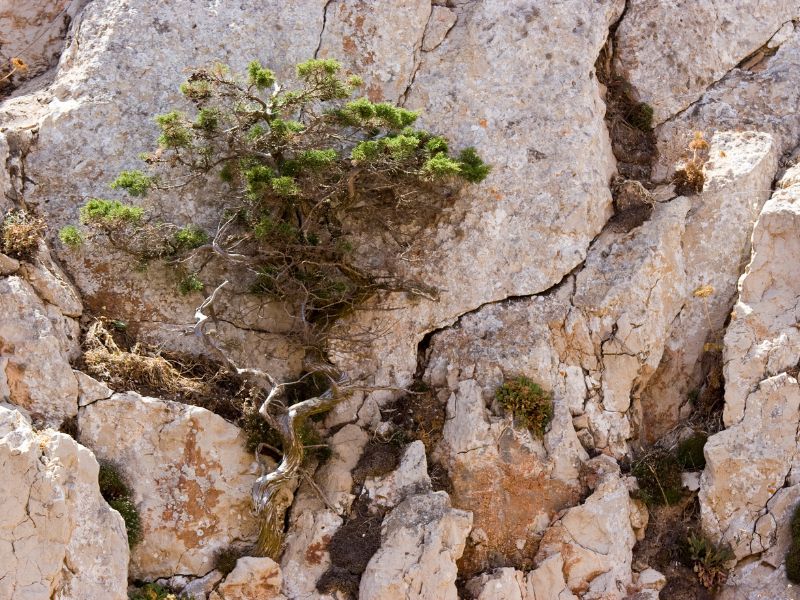
Nature’s Symphony
Yamadori is a testament to nature’s artistry. These trees, shaped by years of exposure to wind, snow, and drought, bear the distinct marks of their encounters with the elements.
Their gnarled branches, weather-worn bark, and unique growth patterns are the result of this natural sculpting process. Take the Bald Cypress, for example. Its thick trunk, feathery foliage, and distinctive root ball are all shaped by the forces of nature.
No Two Bonsai Yamadori Trees Are Identical
Just as no two snowflakes are alike, no two bonsai Yamadori tress are identical. The charm of Yamadori lies in their individuality.
Each tree, with its unique shape, texture, and growth, is a unique expression of nature’s artistic flair.
This uniqueness adds a vibrant edge to any Bonsai collection and could make your first Bonsai a memorable one.
The Unpredictable Charm
Yamadori’s allure comes from its unpredictability. The way each tree responds to nature’s forces, the manner in which it survives, and even its location – all are left to chance.
This unpredictability bestows each Yamadori with a unique personality, enhancing its aesthetic value.
Discovering Yamadori: A Journey to Nature’s Art Gallery
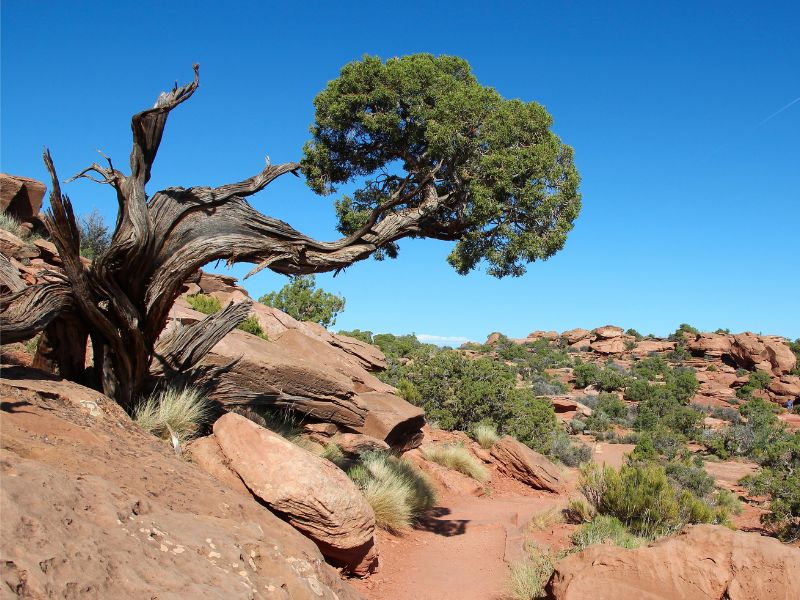
Where to Find Unique Trees
Yamadori can be found in various environments, from the wild windswept cliffs by the sea to the serene riverbanks, from the rugged mountains to the secluded edges of forests.
Each location shapes the tree, influencing its growth and giving it a unique charm.
Common Species for Yamadori
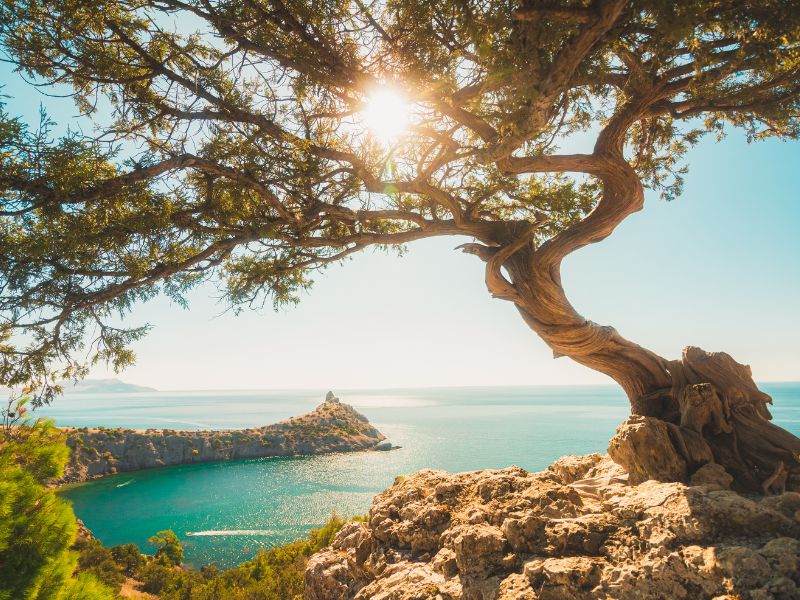
While any tree can be dug up and turned into a Bonsai, certain species are more commonly used in Yamadori practice due to their resilience and aesthetic appeal. Some species to keep an eye out for include:
- Pine: Known for their rugged beauty and resilience, these trees thrive in mountainous regions.
- Juniper: Renowned for their artistic, twisted trunks, Junipers are often found in the wild.
- Maple: Loved for their vibrant foliage and elegant structure, Maples make stunning Bonsai.
Collect Bonsai Yamadori Trees Ethically
Respecting nature and the law is paramount when you decide to dig trees with Bonsai potential. Always obtain proper permissions before removing any tree from the ground.
Be mindful not to harm the environment or disrupt local ecosystems. If you’re digging up larger trees, ensure that you leave more roots intact to help the plant survive.
The Art of Collecting and Caring for Yamadori Trees

Step 1: Techniques for Collecting Yamadori
The process begins in the wild, within dense forests, or atop snow-capped mountains. The optimal time for collecting Yamadori is late winter or early spring when the tree is dormant.
Using sharp tools and correct techniques ensures clean cuts and minimal harm to the root system. Always remember to secure permissions and be mindful of the environment.
Step 2: Pot Selection and Initial Care
After you’ve carefully collected your Yamadori, it’s time for initial care. Select a training pot that complements the tree’s size and style. The pot should provide sufficient space for the roots to grow without direct sunlight affecting the bark.
Step 3: Preparing the Soil Mixture

The right soil mix is crucial for your Yamadori’s health. A blend of pumice and medium lava rock ensures good drainage while retaining enough moisture. This soil mix creates the perfect environment for the roots to thrive.
Step 4: From Forest to Pot – The Transition
The journey from forest to pot isn’t immediate. It’s a gradual process that can span several seasons, from spring to summer. Initially, focus on stabilizing the tree, then move on to styling and pruning. Patience is key during this phase.
Step 5: Long-term Care and Maintenance
Once your Yamadori is potted, long-term care includes regular watering, applying the right fertilizer, and monitoring its growth. Regularly check the root system, prune as needed, and repot when the roots outgrow the pot.
Step 6: Repotting and Shaping
Every few years, your Yamadori will need to be repotted. This is also an opportunity to work on the root system and refine the shape of your tree. Remember, each tree is unique and will require different care.
Conclusion: The Joy of Bonsai Yamadori Trees

As we reach the end of our journey through the world of bonsai Yamadori trees, let’s take a moment to reflect on what makes these plants so special.
- Nature’s Masterpiece: Each Yamadori is a testament to nature’s creativity. Shaped by wind, weather, and time, these bonsai trees are living sculptures that capture the essence of the wild. Collecting trees from their natural habitat allows us to bring a piece of this untamed beauty into our homes and gardens.
- One-of-a-kind: No two Yamadori bonsai trees are alike. This uniqueness adds an exciting dimension to bonsai practice, making each tree a personal and distinctive work of art. When you collect trees, you’re not just gathering plants; you’re curating a collection of nature’s creativity.
- A Rewarding Journey: The process of collecting and caring for Yamadori isn’t just about the end result. It’s about the thrill of discovering a potential bonsai in the wild, the careful nurturing of its fine roots, and the joy of seeing your tree thrive. It’s a journey that brings us closer to nature and teaches us patience and respect for life.
- A Bridge between Man and Nature: By caring for a Yamadori, we become part of its story. These bonsai trees serve as a beautiful bridge between human artistic expression and nature’s inherent creativity. From trimming long branches and removing dead ones during the first summer to carefully digging around its roots during collecting, every step is a harmonious dance with nature.
Embracing Yamadori in your bonsai practice is like opening a door to a whole new world. It’s a world full of challenges, surprises, and rewards. So here’s to the wild, the untamed, and the beautiful nature’s masterpieces!


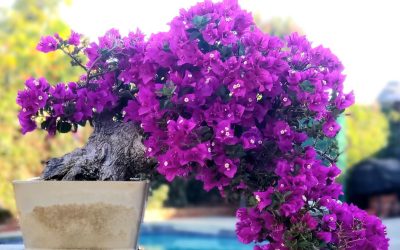
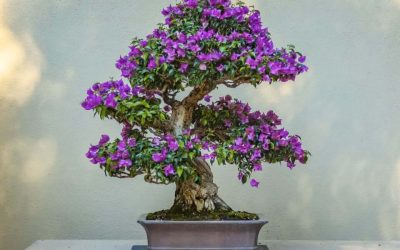
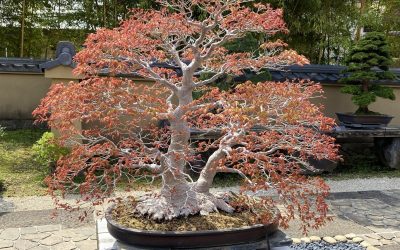
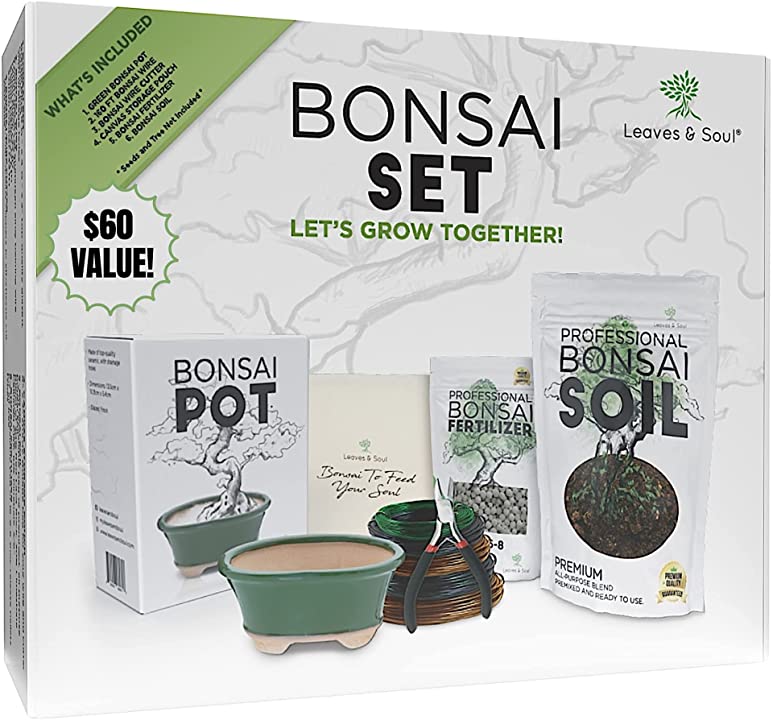
0 Comments